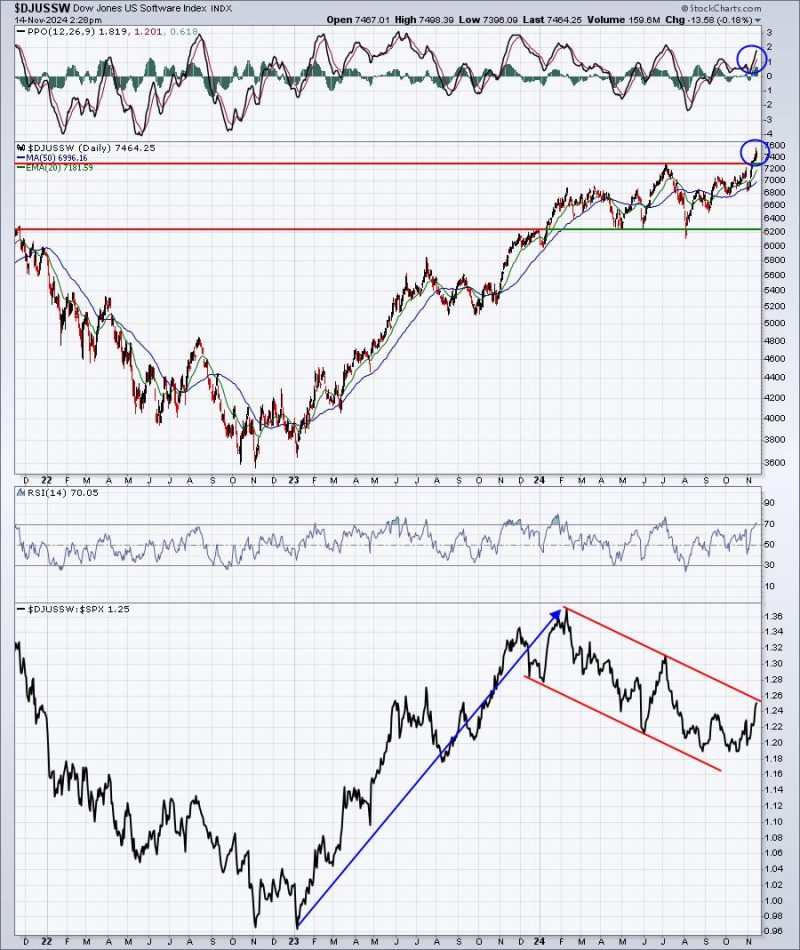The recent surge in popularity of special purpose acquisition companies (SPACs) in the investment world is undeniable. A SPAC is a company that raises funds through an initial public offering (IPO) with the sole purpose of acquiring an existing company. This unique investment vehicle has gained significant attention as a new avenue for investors to tap into promising opportunities in various industries. As SPACs continue to gain momentum, they are poised to lead U.S. equities higher.
One of the key features that make SPACs appealing to investors is the flexibility and speed of the acquisition process. Unlike traditional IPOs, SPACs are not tied to a specific business or industry at the time of their IPO. This allows SPAC sponsors to actively search for suitable acquisition targets after the IPO, giving them the freedom to pursue attractive opportunities as they arise. The ability to quickly identify and execute deals in response to market trends makes SPACs an agile and dynamic investment choice.
Furthermore, SPACs offer retail investors the opportunity to participate in deals that are traditionally reserved for institutional investors. This democratization of the investment landscape has opened up a new avenue for individual investors to access high-growth companies early in their development cycle. By investing in SPACs, retail investors can benefit from the potential upside of emerging industries and disruptive technologies.
In addition to democratizing investment opportunities, SPACs also provide a level of transparency and certainty that is appealing to investors. The detailed disclosure requirements associated with SPAC mergers give investors greater insight into the target company’s operations, financials, and growth prospects. This transparency helps to mitigate some of the risks associated with investing in early-stage companies, providing investors with a clearer picture of the potential returns on their investment.
Moreover, the process of investing in SPACs is relatively straightforward compared to other investment vehicles. With SPACs, investors have the flexibility to either participate in the IPO or wait until the acquisition target has been announced before deciding to invest. This flexibility allows investors to assess the target company and make an informed decision based on their own investment criteria.
As SPACs continue to gain traction in the investment landscape, they are poised to lead U.S. equities higher by providing investors with access to innovative companies and emerging industries. The combination of flexibility, transparency, and democratization of investment opportunities make SPACs an attractive investment choice for both institutional and retail investors looking to capitalize on high-growth opportunities. With the potential to drive U.S. equities to new heights, SPACs are certainly a trend to watch in the evolving investment landscape.
